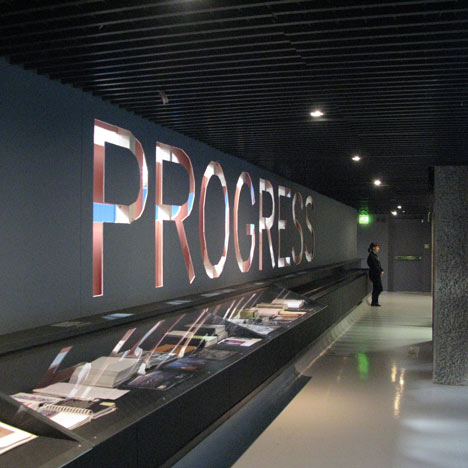This is the question posed to us by Nicholas Jones in Kingston University's second Masterclass of the year, who came
to talk to us on Monday from
Strathmore Publishing, a company he founded with a
view to offering services to publishing companies who have cut back and
outsource their editorial and production. So, not the traditional business
model for a publishing company; Mr Jones saw an opportunity to offer some of
key services of a publisher and had the entrepreneurial spirit to go ahead with
it.
This neatly encapsulates two of the key ideas running
through Mr Jones’ lecture; firstly, that a Publisher needs to take risks and be
entrepreneurial, or even, that they need to be innovators. Secondly, with the
rate of change occurring in the industry, that publishers need not to get too
hung up on the traditional model of publishing and look to a trans-media
approach; one where all different forms of media come together and collaborate,
and content is perhaps much more interactive with the user. Mr Jones’ company
quickly expanded into audio publishing, for example, and is now a leader of the
audio publishing world, utilising the media of radio to publish stories. Emphasized throughout the lecture was the point that
perhaps a publishers role in the future will not be so easily defined as the publishing
we know today, instead meshing medias
forms and creating products less easily defined as ‘books’.
Because Nicholas Jones liked to describe himself as a ‘media-agnostic’,
meaning that as a consumer, he doesn’t mind what form the content comes to him,
be it a printed book, e-book or app; he cares more about the content itself. I
think that this is somewhat true of most of the users out there these days who
have begun to use and get used to digital forms of media but who still also use
the printed book; and I for one have no plans to give up buying and reading the
printed thing just because I sometimes consume my content digitally. Different
formats are good at different things.
The theme of the lecture though was undoubtedly the
questioning of what is it that the publisher brings; what are the specific
skills & abilities that make the publisher invaluable? In an age with
internet and the ‘unconstrained world’ as Mr Jones put it, there is no longer
such a need to get work out there; the problem more is findability. How do you,
in the crush of online information, make your product visible over all the
rest? Mr Jones drew attention to the fact that in the last 5 years, half of
Britain’s bookshops have closed; people are using bookshops more as a showroom
to go home and buy their finds on the internet, than actually buying from them.
Thought needs to be put into what buyers still get from buying a printed book
in a bookshop – the personal, specialist selling, the special, gift-like
quality of books.
The Masterclass ended with an idea that publishing is about
communication, while the means of getting that information doesn’t matter. Awash
with examples of apps attempting to blend books with animation and interactive
features, the lecture clearly demonstrated the possibilities for new formats
and approaches but also highlighted the fact that this is all still largely
experimentation, and lots more work is needed to figure out how to use these new
forms to their best advantage. According to Nicholas Jones, publishing is about
packaging the information, and the risk-taking talked of above, where the
publisher must be bold to go out and explore new ways of doing things.


